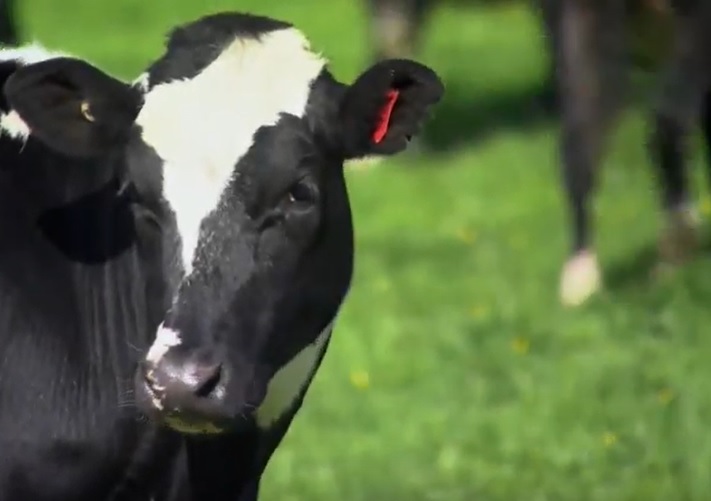
Posted 29 July 2022
Lameness in dairy cows is a huge financial, logistical and emotional stress on dairy farmers in New Zealand and worldwide. Not only is there lost milk production, but also vet and treatment costs along with the extra time and effort in caring for distressed animals.
Reducing lameness is critical for individual farmers and the national economy. A Lincoln University paper notes that dairy lameness is a major animal welfare issue in New Zealand and, along with infertility and mastitis, is one of most economically important health problems in the national dairy herd. Lameness in dairy cows is usually caused by a combination of:
As with many animal health issues, active monitoring and early identification are key. Most countries with strong farming industries have developed lameness scoring systems, and in NZ the most widely accepted is from DairyNZ, which has a four step scoring system:
0 – If a cow walks evenly then no action is required.
1 – If a cow walks unevenly then minor action should be taken. Keep a record of the animal and keep monitoring her to see if she normally walks unevenly or has an issue that needs to be addressed before it deteriorates further.
2 – If a cow appears lame then action is required within 48 hours. This cow needs to be reported, drafted and examined.
3 – If a cow appears very lame and distressed then urgent action is required within 24 hours. This cow needs to be reported, drafted and examined by a vet as soon as possible.
Researchers in Denmark have come up with a more detailed five point evaluation system that has been adopted in many countries:
1. Normal. The cow walks normally. In most cases, the back is flat, both when the cow is standing and when walking. No signs of lameness or uneven gait. No signs of uneven weight bearing between legs. No signs of head bob when the cow is walking.
2. Uneven gait. The cow walks (almost) normally. In most cases, the back is flat when the cow is standing, but arched when walking. No signs of head bob when walking. The gait might be slightly uneven and the cow may walk with short strides, but there are no evident signs of lameness.
3. Mild lameness. Abnormal gait with short strides on 1 or more legs. In most cases, the back is arched both when the cow is standing and walking. In most cases, there are no signs of head bob when walking. In most cases, an observer will not be able to tell which leg is affected.
4. Lameness. The cow is obviously lame on 1 or more legs. An observer will in most cases be able to tell which leg is affected. In most cases, the back is arched both when the cow is standing and walking. In most cases, head bob will be evident when walking.
5. Severe lameness. The cow is obviously lame on 1 or more legs. The cow is unable, unwilling, or very reluctant to bear weight on the affected leg. In most cases, the back is arched both when the cow is standing and walking. In most cases, head bob will be evident when walking.
Early detection is key, so ensure all people handling your herd are aware of the grading system that you choose.
Accurate monitoring and recording along with a clear process for action will help address lameness when it appears. Prevention is of course the best course of action, and StockRock farm surfaces are proven to reduce lameness in dairy cows compared to other traditional farm surfaces.